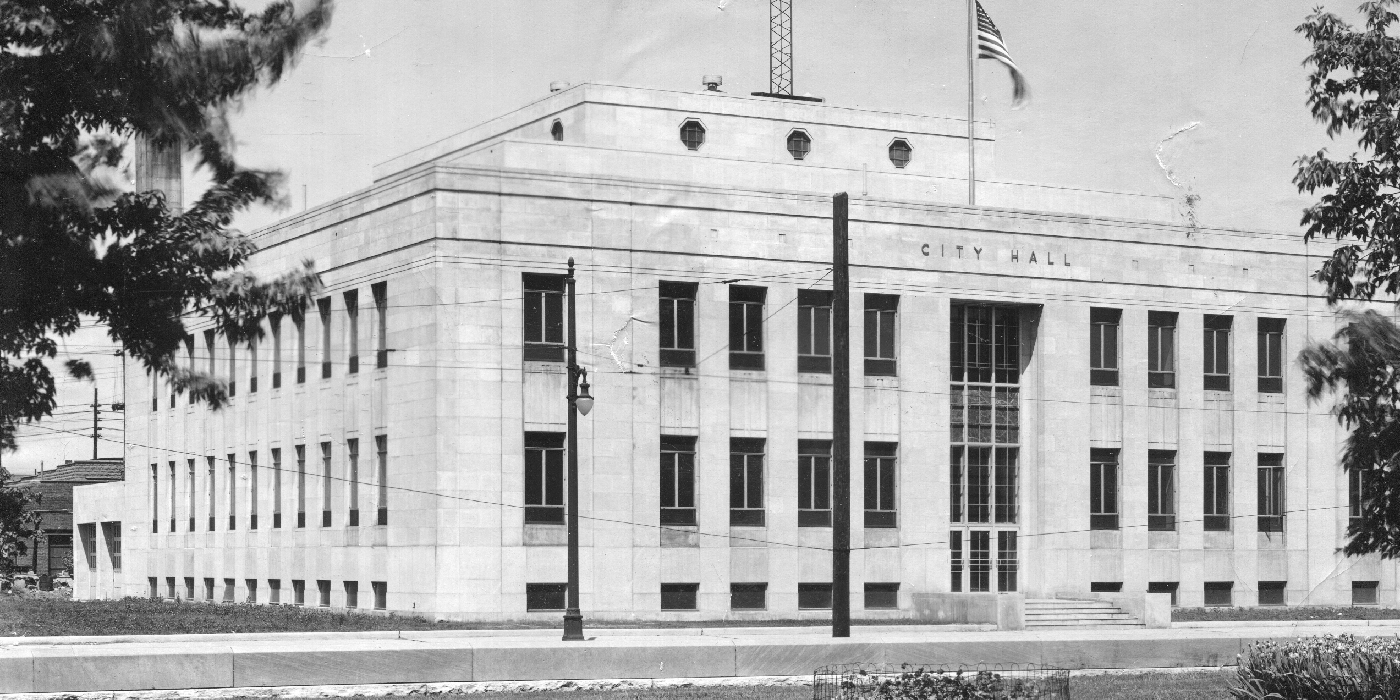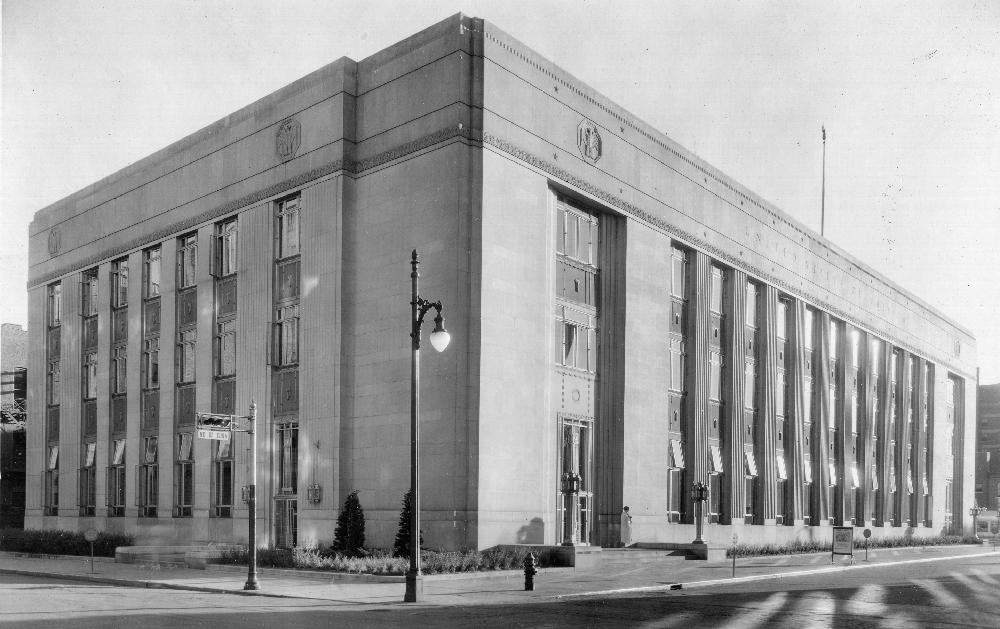NEWS
The Architectural Firm That Shaped Terre Haute
An exhibit at Terre Haute’s Swope Art Museum highlights the legacy of hometown architectural firm Miller & Yeager.

A Lasting Legacy
A journey through Terre Haute offers a visual master class in the work of hometown architectural firm Miller & Yeager. From the 1910s through the 1970s, the firm designed some of the city’s most prominent civic, commercial, educational, and residential buildings.
Indiana Landmarks and the Swope Art Museum have partnered to produce an exhibition highlighting Miller & Yeager’s design legacy, open now at the museum. With support from Ball State University’s Drawings & Documents Archive, the exhibition will include original architectural drawings and historical photos of some of the firm’s designs.
Now most commonly known as Miller & Yeager, the architectural firm went through a number of name changes over the decades. It originated when MacMillan “Mac” Johnson, a native of Brazil, Indiana and MIT-graduate, established a practice in his hometown in 1910. Terre Haute native Warren Miller joined Johnson the following year, and by 1912 the firm of Johnson & Miller was established. Through the arrival and departure of principals, the firm became Johnson, Miller, Miller & Yeager during the 1920s, and by the late 1960s was known as Miller & Associates.
The firm’s portfolio includes a who’s who of Terre Haute landmarks, including the Citizens Trust Company Building (the city’s first skyscraper, now known as the Sycamore Building), the Rea Park Clubhouse, Woodrow Wilson Junior High School, the U.S. Federal Building & Post Office (now the home of Indiana State University’s Scott School of Business), Terre Haute City Hall, and the Terre Haute Mutual Savings Association Building, which serves as Indiana Landmarks’ Western Regional Office.

Terre Haute Post Office and Federal Building, built in 1934. (Photo: Ball State University Drawings & Documents Archive)
In addition to its civic commissions, the firm designed a number of grand homes along Terre Haute’s Ohio Boulevard and several Revival-style houses in the Edgewood Grove neighborhood. The International-style Oliver O. & Elisabeth Alexander House in the Shrine Hill neighborhood is an unusual residential example of the firm’s work.
In 1955, Warren Miller’s nephew Ewing Miller II joined the firm, and over the next two decades the architects added several prominent modern buildings to the firm’s roster, including Indiana State University (ISU) Home Economics Building (1955), the American Red Cross-Wabash Valley Chapter Building (1964), Honey Creek Shopping Center (1967), and many of ISU’s dormitories–including the demolished Statesmen Towers (1969). By the time it was acquired in the 1980s by HNTB — an architecture, engineering and construction management company — the firm had established a legacy of sophisticated high-style designs in the Wabash Valley.
The Miller & Yeager exhibition will run through the end of the year at the Swope Art Museum, 25 South 7th Street in Terre Haute. The Swope is always free and open to the public. Visit the museum’s website for more details: www.swope.org.
Stay up to date on the latest news, stories, and events from Indiana Landmarks, around the state or in your area.
